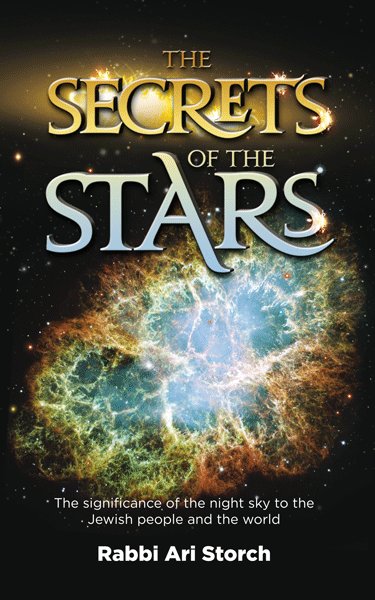Interestingly, if one looks to the sky on many of the important events throughout biblical history, one sometimes finds rare astronomical happenings. Even more fascinating is that these occurrences often fit the historical moment based on the astrological framework set forth by the Ibn Ezra in his Reishis Chachma. In this instance, the moon was "touching" Saturn. Since the moon is significantly closer to our planet than Saturn, it sometimes appears to pass in front of this distant planet. Sometimes the entire planet is hidden behind the moon and sometimes it is only partially behind the moon. The latter gives the impression as if the two are touching. Both types of "conjunctions" are extremely rare.
On the night of the first Tisha B'Av the moon was partially blocking Saturn. This, says the Ibn Ezra, is an extremely ominous sign. (Reshis Chachma 7) Even more interesting is that the Ibn Ezra maintains that when Saturn is touching an illuminated side of the moon it is not as bad, but when it is touching a darker part it portends horrible consequences. (Ibid.) In the instance of the first Tisha B'Av it was touching a dark part.
I do not know if the following also plays a role in the astrological happenings, but I find it interesting that the moon is considered by Chazal to represent the Jewish nation, (Midrash Tehillim 22; also see Rabbeinu Bacheye Shemos 12:2) and Saturn is considered to be their astrological sign. (Reishis Chachma 4) This ominous sign so intertwined with the Jewish people happening on the most tragic day of the Jewish year cannot be mere coincidence. (The small dot to the left of the moon just below the illuminated part is Saturn. I left it encircled and marked by the program used to recreate the sky, Stellarium. I apologize if the recreation did not come out clearly).



5 comments:
Where do u know this moon-saturn connection on 1rst 9av?
I took the year from Seder Olam which is a Midrash, written by Rebbi Yosei of the Mishna, that records Jewish history. I then plugged that year into the computer (using the freeware, Stellarium) and looked for the vernal equinox (first day of spring when the sun is positioned on the spot where the celestial equator and the ecliptic intersect).
I took the closest lunar conjunction (also called the "Molad" when the moon is positioned in between Earth and the sun; albeit tilted higher or lower unless it is an eclipse) plus 24 hours (see Rambam Kiddush HaChodesh and Baal HaMaor Rosh Hashana 20) to use as Rosh Chodesh and considered that to be Rosh Chodesh Nisan (since that will have Pesach at the beginning of the spring). This method is necessary because they were not utilizing our calendar at that time. They were using the sighting of the new moon to determine Rosh Chodesh. It takes 24 hours to sight the moon after a lunar conjunction (see earlier Rambam and Baal HaMaor, Rashi does have another opinion of six hours, I did not use his opinion).
From that point I counted the fifth month in the same fashion to come to Av and then I just looked in the recreated sky (from Stellarium) to see what was happening.
Great question and thank you R' Ari for the outstanding answer. This makes me aware of so many seforim, starting, I think, with the Ibn Ezra, that I would like to learn.
Akiva
Thank you
Great reading yoour post
Post a Comment